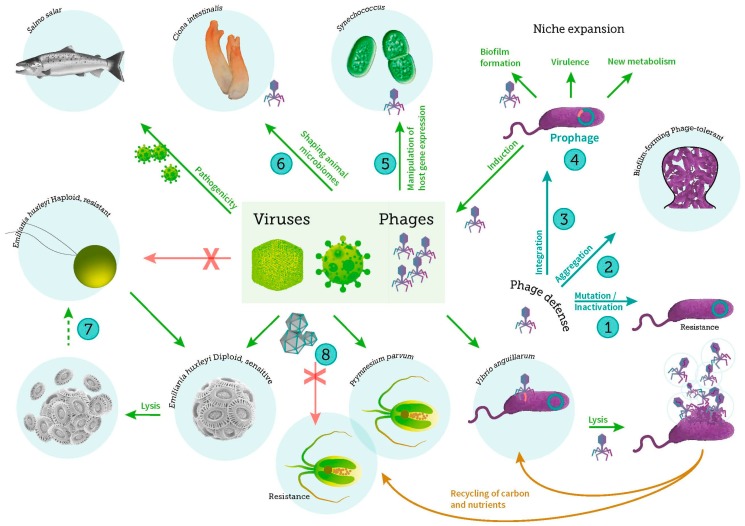Файл:Marine virus-host interactions.jpg
Перейти к навигации
Перейти к поиску
Marine_virus-host_interactions.jpg (745 × 526 пкс, размер файла: 89 КБ, MIME-тип: image/jpeg)
История файла
Нажмите на дату/время, чтобы посмотреть файл, который был загружен в тот момент.
| Дата/время | Миниатюра | Размеры | Участник | Примечание | |
|---|---|---|---|---|---|
| текущий | 03:40, 7 марта 2019 |  | 745 × 526 (89 КБ) | Epipelagic | User created page with UploadWizard |
Использование файла
Следующая страница использует этот файл:
Глобальное использование файла
Данный файл используется в следующих вики:
- Использование в en.wikipedia.org
- Использование в ko.wikipedia.org
